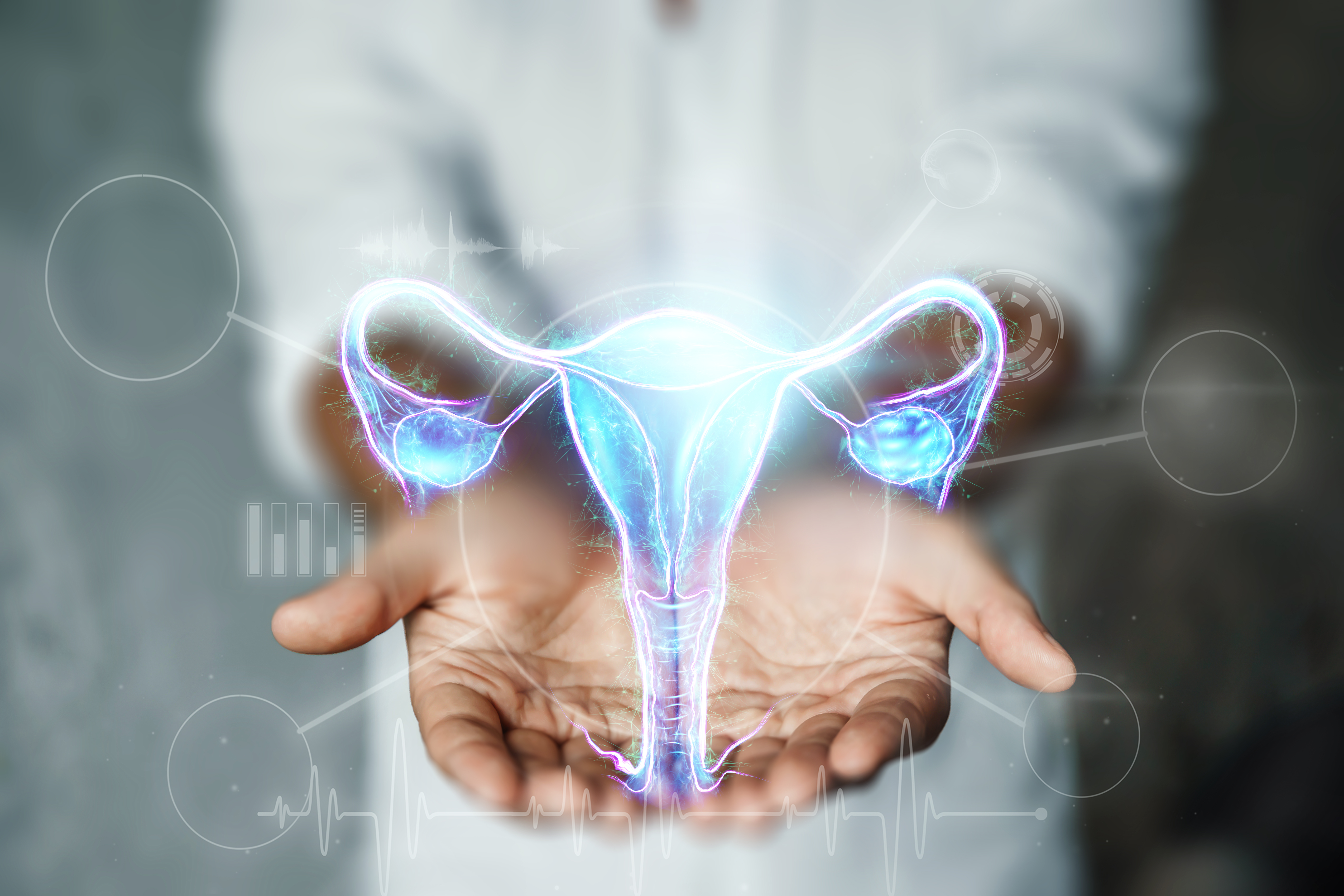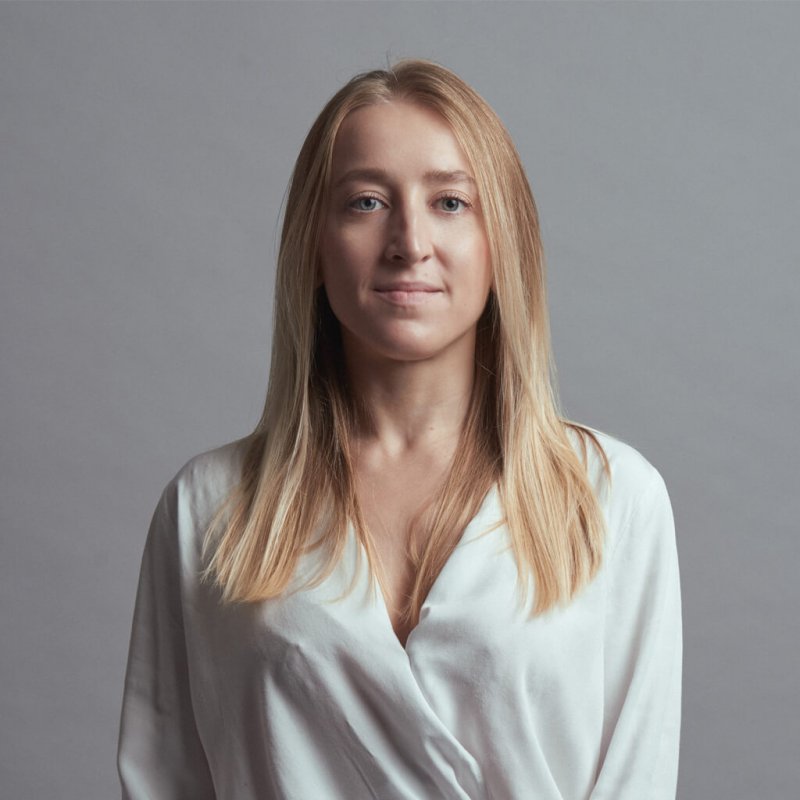Oocyte Cryopreservation (or Social Freezing): An Opportunity to Be Aware Of

Date de publication: 05-05-2025
Mise à jour le: 05-05-2025
Sujet: Gynécologie
Temps de lecture estimé: 1 min

Rédacteur médical
Andrea Borini
Rédacteur et traducteur
Viktoryia LuhakovaOocyte cryopreservation, also known as social freezing, has in recent years become a topic of growing discussion fueled in part by public figures who speak of it as a way to delay motherhood without compromising the possibility of becoming a mother in the future.
But is that really the case? And how does it actually work? We asked Dr. Andrea Borini, Head of the Medically Assisted Procreation Center at Policlinico San Pietro.
The challenge of birth rates in Italy
According to the latest Istat data, the average age of motherhood in Italy has risen to 32 years, a number that continues to increase compared to the 29 years recorded roughly three decades ago. The fertility rate has dropped below the replacement threshold of 2 children per woman, reaching 1.24 children in 2022—an even sharper decline than in previous years.
These figures, alongside the rising age at first birth, reflect the difficulties faced by younger generations in balancing work, personal, and family life, as well as the growing economic uncertainty that makes long-term planning increasingly difficult.
“Oocyte cryopreservation could represent a solution for those who wish to avoid compromising their maternal plans, yet must navigate the challenges and timing imposed by today’s socio-economic landscape,” notes Dr. Borini.
What is oocyte cryopreservation?
“Oocyte cryopreservation, also known by the technical term oocyte autoconservation, allows women to freeze their eggs at a time when they are still optimal in terms of quality and quantity during a fertile phase of life,” explains the specialist.
The goal of this technique is to preserve reproductive potential until a more suitable time for conception.
Why freeze eggs?
There are many reasons why women choose to cryopreserve their eggs. One of the most common is difficulty finding a partner to start a family with. But other reasons include career planning, job insecurity, and the challenge of balancing emotional and professional life.
“Today, in a socio-economic context where motherhood is increasingly delayed, the female fertility curve, which peaks between ages 20 and 30, seems almost incompatible with modern life timelines,” continues Dr. Borini, who has over 30 years of experience in reproductive medicine.
It's not uncommon for a woman to finally decide to try for a child only to encounter difficulties in conceiving, precisely when her fertility starts to decline significantly, typically after age 35.
Social freezing step by step: from first visit to freezing
Social freezing became a real option relatively recently. It was initially developed for patients at risk of losing fertility due to medical conditions (especially cancer), but today the technique is available to anyone who wishes to pursue this path.
The process begins with a consultation with a fertility specialist, who will assess whether the treatment is appropriate based on various parameters that offer a picture of the individual’s reproductive potential.
“There are some hormonal tests, such as the anti-Müllerian hormone (AMH), which, together with ultrasound observation, provide an overview of the reproductive system and help determine whether cryopreservation is advisable and when the best time to do it would be,” says Dr. Borini.
If the decision is made to proceed with social freezing, the woman undergoes ovarian stimulation to produce an adequate number of eggs. This is followed by egg retrieval (the so-called "pick-up"), after which the oocytes are evaluated.
Eggs that are mature (in metaphase II) are then cryopreserved in liquid nitrogen, to be thawed and fertilized at a later date.
“There is no such thing as a guarantee of motherhood even with cryopreservation. While this technique helps preserve reproductive potential, advanced maternal age (even when using frozen eggs) can still present challenges in carrying a pregnancy to term, as well as increased risk of genetic issues,” warns Dr. Borini.
He emphasizes that those who wish to have a child should begin trying as soon as their personal, emotional, and professional circumstances allow.
“This is important because we are seeing a rising trend in the average age of access to assisted reproduction, which now approaches 37 years in Italy (compared to 35 in Europe, according to the latest report to Parliament on the implementation of Law 40/04). Likewise, the average age at first birth has risen to 32 years (it was 29 in 1995), with a fertility rate of 1.24 children per woman (compared to 1.44 in 2010).”
The experience of Policlinico San Pietro
In recent years, more and more clinics are offering egg freezing services, and an increasing number of young womenare turning to them to preserve fertility. Today’s women are more aware of how age affects fertility and often view egg freezing as an opportunity to avoid having to choose between career and motherhood.
“At our Center, for example, requests for egg cryopreservation doubled in 2023 compared to the previous year. I believe this is due to better information: by raising awareness of the possibility to freeze eggs, we’re helping young women develop important awareness.
First and foremost, that the chances of pregnancy unfortunately decrease with age, and so if they delay the search for a first (often only) child, as is increasingly the case, they may discover fertility issues too late.
Unfortunately, in absolute terms, the number of such procedures in our country remains low. We hope the growing numbers each year reflect a change in attitude toward the use of this technique as a resource for the future,” concludes Dr. Borini.